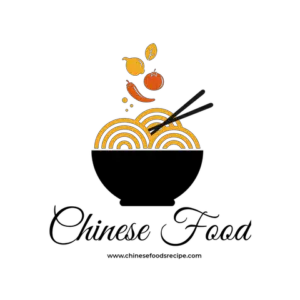Lesson 1 – Chinese Tones, Self-introduction, three initials in pinyin and the story behind 好

Do you still remember the Chinese saying “A journey of a thousand miles begins with a single step” in the last post about my plan to offer free Chinese online courses? How’s the practice? I know it’s hard since you may not know how to spell out the pinyin. No worries! That’s just for fun! Hopefully after this post, you’ll learn some basic Chinese Mandarin pronunciation skill. This is an important part of learning Chinese Mandarin. Today we’re going to talk about Chinese tones, three initials in pinyin, how to greet people and the story behind the Chinese character 好(meaning “good” in English).
Part 1- Chinese Tones
Mandarin Chinese has four tones, each with a unique sign above a letter in pinyin. Tones make big difference in meanings. In pronunciation, the first tone is level, the second tone rises moderately, the third tone falls and then rises, and the fourth tone drops. There is also a neutral tone without a tone mark. It’s pronounced lightly without regard to pitch.
1. Listen to the first tone: mā, bō, yī, pō, gē, hē
2. Listen to the second tone: má, bó, yí, pó, gé, hé
3. Listen to the third tone: mǎ, bǒ, yǐ, pǒ, gě, hě
4. Listen to the fourth tone: mà, bò, yì, pò, gè, hè
5. Listen to the neutral tone: ma, le, shi
Part 2 – Three initials in pinyin
Pinyin is the fundamental part of learning Chinese Mandarin. No matter you are a beginner or an advanced learner, if you are serious about learning this language, studying pinyin is an essential part. There are 23 initials. We’ll learn all of them in five lessons. Today, let’s practice the first three.
- “b”, pronounced like unaspirated “p” in English (like the “p” in “spy”). Example: “bù”, “bō”, “bǎo”
- “p”, same pronunciation as the “p” in “pan”. Example: “pān”, “pín”, “pó”
- “m”, same pronunciation as the “m” in “mom” Example: “māo”, “má”, “mìao”
Part 3 – Self-introduction Conversation
Vocabulary :
- nǐ hǎo (phrase)=hello
- wǒ (pron.)=me
- shén me (pron.)=what
- míng zi (n.)=name
- hěn (adv.)=very
- gāo xìng (adj.)=happy
- rèn shi (phrase/v.)=meet
- nǐ (pron.)=you
- yě (adv.) =too
Situation: Amy and Yan meet each other for the first time.
Conversation:
Amy: nǐ hǎo! wǒ shì Amy!
(Hello! My name is Amy!)
nǐ jiào shén me míng zi?
(What’s your name?)
Yan: nǐ hǎo! wǒ shì Yan!
(Hello! My name is Yan!)
hěn gāo xìng rèn shi nǐ !
(Very nice to meet you!)
Amy: wǒ yě shì!
(Me too!)
Part 4 – The story behind 好
We’ve learned “nǐ hǎo” in the greeting conversation. “hǎo” is an adjective, means “good” in English. In other situations, it can be used as an adverb, followed by an adjective. We’ll talk about it in later lessons.
The Chinese character for “hǎo” is 好. The left part is “女“, meaning “women”. The right part is “子“, meaning “children”. Why women and children mean “good”? In ancient China, people’s fertility is relatively low, so having a baby is regarded as a good thing.
Part 5 – Review of the last post
In the last post, we’ve learned a Chinese proverb,
“qiān lǐ zhī xíng, shǐ yú zú xià.”
(In English, it means “A journey of a thousand miles begins with a single step.” )
Now, try to apply the Chinese tones. We haven’t learned all the initials, so don’t stress yourself out if you can’t pronounce it correctly.
I hope you’ve learnt something today! Feel free to leave your comments or questions below! Thanks for your time!
